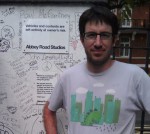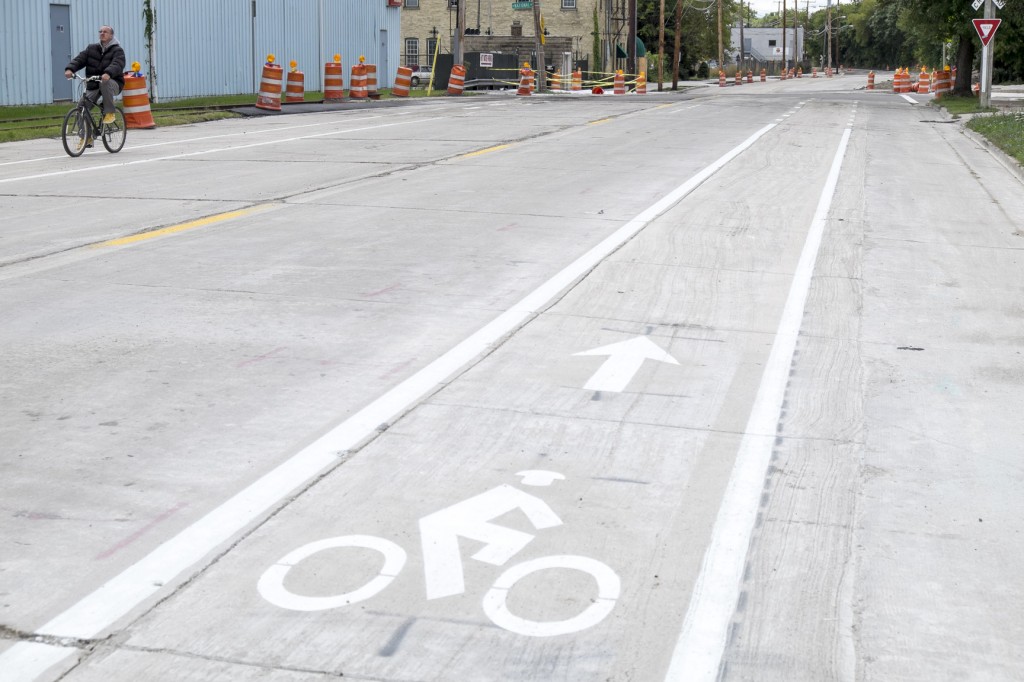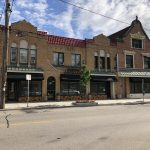Bogotá Expands Bike Lanes to Curb COVID-19
All the city news you can use.
Want more links to read? Visit The Overhead Wire and signup. Every day at The Overhead Wire we sort through over 1,500 news items about cities and share the best ones with our email list. At the end of the week, we take some of the most popular stories and share them with Urban Milwaukee readers. They are national (or international) links, sometimes entertaining and sometimes absurd, but hopefully useful.
A COVID-19 Recession Will Be Different: Macroeconomist Gabriel Mathy argues that the current recession will be the first “services recession,” driven by depressed activity in the service sector associated with social distancing practices. This differs from typical recessions, which are characterized by a collapse of investment spending. Consumer spending on services, from dining out to transportation services, usually increases as a share of one’s spending, but this is not the case with COVID-19. As such, typical economic policy measures must be rethought to react to this new crisis. (Daniel Kuehn | Urban Institute)
Design in the Age of Pandemics: For thousands of years, humans have looked to physical space to treat and cure sickness, redesigning cities, infrastructure, architecture, and interiors all in the name of minimizing the risk of infectious disease. Diana Budds argues that space, as it relates to infections disease epidemics, isn’t just about quarantine; it’s also a design problem. She presents books on how urban planning and public health have intersected throughout history, from urging the construction New York’s Central Park to get healthy air to the modernist “sanatoriums” that were used to treat those isolated for tuberculosis. (Diana Budds | Curbed)
Mystery of the Missing Bus Riders: Sometime around 2013, bus ridership in much of the country began to decline, and by late 2019, national bus ridership was its lowest level since the mid-1970s. But the 1970s were hampered by suburbanization and recession, while the 2010s encountered growing metropolitan areas and a booming economy where people had jobs to commute to. A number of trends are the culprit, including the rise of on-demand tech, the changing nature of work, e-commerce, lack of high gas prices, and the suburbanization of the poor. (Emily Badger & Quoctrung Bui | New York Times)
Seattle Accommodates Curbside Food Pickups: On March 17th, Mayor Jenny Durkan announced that the Seattle DOT is converting on-street parking spaces near restaurants to temporary loading zones to facilitate curbside meal pickup. These actions come in an effort to support small businesses and accommodate the rise in delivery services, most notably for food, as the city practices social distancing. The first locations to receive these temporary loading zones are areas with high concentrations of restaurants on blocks that do not otherwise have enough loading options or a decrease in street parking demand. (Anthony Derrick | City of Seattle Office of the Mayor)
Quote of the Week
It’s true that we’re still erecting plenty of energy-guzzlers, including the all-glass skyscrapers that are sprouting all over Philadelphia and other big cities. But it isn’t quite fair to accuse architects, or even developers, of ignoring the climate issue.
–Inga Saffron in the Seattle Times discussing new energy saving buildings.
This week on the podcast, USC Professor Geoff Boeing discusses data science in urban planning from housing to street network design.
Want more links to read? Visit The Overhead Wire and signup. (http://dtrnsfr.us/2iA8Yas)
If you think stories like this are important, become a member of Urban Milwaukee and help support real, independent journalism. Plus you get some cool added benefits.
Urban Reads
-
How Traffic Noise Impacts Children’s Brains
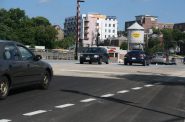 Jul 1st, 2024 by Jeff Wood
Jul 1st, 2024 by Jeff Wood
-
Number of Super Commuters is Rising
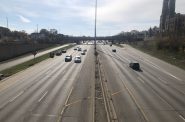 Jun 22nd, 2024 by Jeff Wood
Jun 22nd, 2024 by Jeff Wood
-
Why Has the Walkable City Been Villainized?
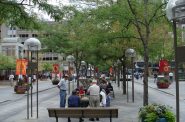 Jun 9th, 2024 by Jeff Wood
Jun 9th, 2024 by Jeff Wood

